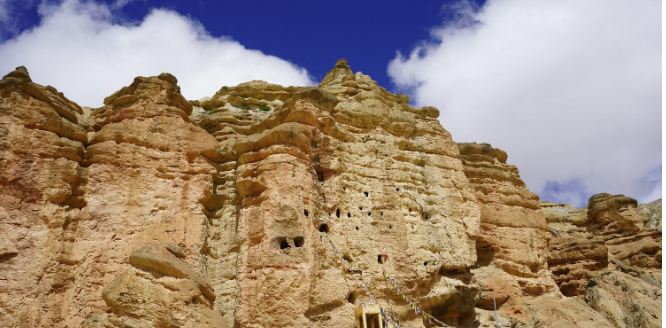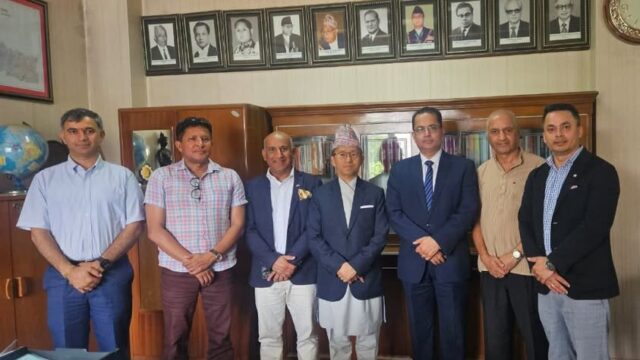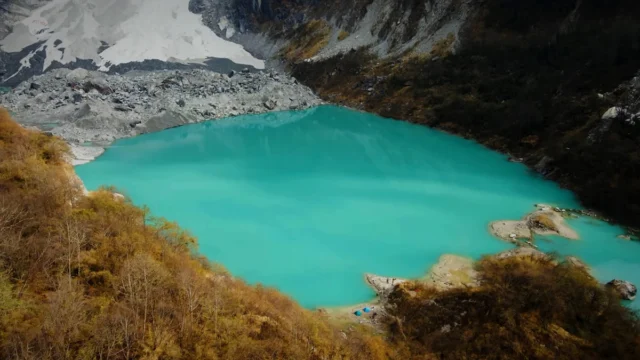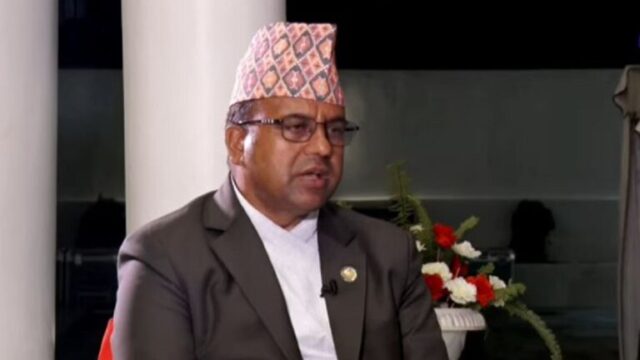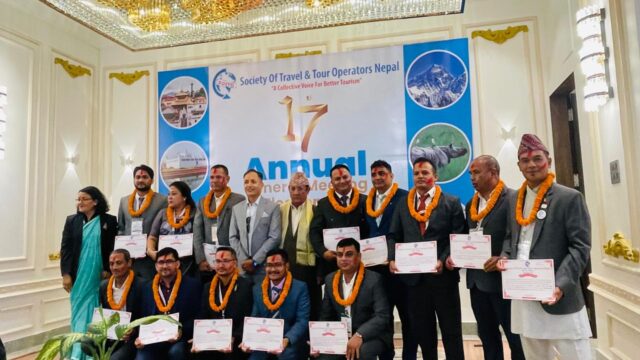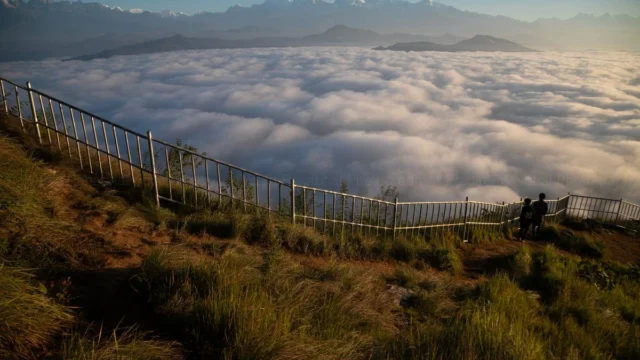In the barren, rugged hills of Mustang, where naked cliffs dominate the landscape, lies the fascinating and mysterious Jhong Cave. Located in Lomangthang Rural Municipality-1, this ancient cave features several floors filled with dark, smoke-stained rooms that captivate every visitor. The walls of the cave are marked with holes and artistic carvings, offering glimpses into a bygone era.
According to Tashi Norbu Gurung, the chairperson of Lomangthang Rural Municipality, Jhong Cave was once a human settlement in ancient times. “Artifacts and local legends suggest that people lived here over 2,000 years ago, long before the development of the surrounding villages,” Gurung shared. This ancient site has become a major attraction for both domestic and international tourists due to its unique connection to ancient human civilization.
Situated at an altitude of 3,785 meters above sea level, the cave, also known locally as “Sija Jhong,” consists of six floors and approximately 50 rooms. Each floor is connected by wooden ladders, with rooms on either side of the central passageway. Tshering Gurung, the caretaker of the cave, mentioned that during peak tourist seasons—October, November, March, April, and May—the cave receives over 50 visitors daily.
Despite the lack of official historical records, local legends provide insight into the cave’s past. “Our ancestors told us that the cave was used as a shelter by the entire village to escape enemy attacks,” said Tshering Gurung. One popular legend describes how Tibetan forces once attacked Chhoser, forcing villagers to hide in Jhong Cave. The invaders blocked the water source, but the villagers outwitted them, eventually driving them away. In retaliation, the attackers poured oil throughout the cave, which explains the oily appearance of the cave’s interior walls to this day.
Sonu Tashi, a resident, shared that small caves were later carved into the rocks for additional protection. These remnants of the past still exist, making Jhong Cave stand out among other caves in the Mustang region.
Tourists visiting Jhong Cave are charged a fee of NPR 1,000 for foreigners and NPR 100 for domestic visitors. The entrance fees, collected by the local management committee, also cover access to nearby attractions such as Nifu and Garfu monasteries. The artifacts inside the cave are carefully preserved, offering a rare window into ancient Himalayan life.
Sandeep Bhattarai, a visitor from Tanahun’s Shuklagandaki Municipality, expressed amazement at the cave’s resemblance to the Stone Age. “From the outside, it looks ordinary, but once inside, it feels extraordinary. It’s like stepping into another world,” Bhattarai said, adding that the cave provides a powerful glimpse into how ancient people lived.
Lomangthang Rural Municipality has taken steps to improve the infrastructure for tourists, including the construction of public toilets and a waiting area near the cave. Tashi Norbu Gurung mentioned that discussions have been held with the local community on how to better manage the revenue generated by the cave and further promote it as a tourist destination. The municipality has already built wooden ladders and stone paths to help visitors navigate the cave.
The Jhong Cave is accessible by road from the Beni-Jomsom-Korala highway, with a detour from the Lomangthang Nechung section. Many tourists who visit the Korala border, located on the Nepal-China frontier, make it a point to explore this ancient marvel. Visitors often remark in the guestbook how the cave feels like stepping into a different world, with some even calling it a “remarkable natural wonder.”
Locals are urging further research into the cave’s historical significance and the preservation of its artifacts. They believe that with proper attention, Jhong Cave could attract even more tourists, boosting the local economy. Many emphasize that the income generated from tourism should be reinvested into the conservation and promotion of this extraordinary site, ensuring its survival for future generations.
